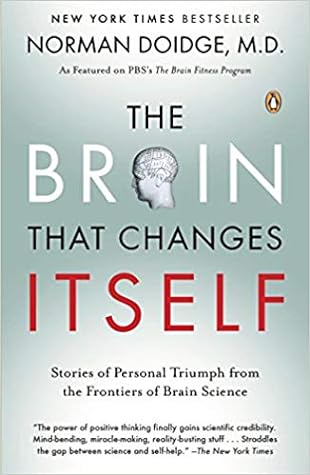More on this book
Community
Kindle Notes & Highlights
Read between
March 15 - March 16, 2024
neuroscientist Carla Shatz: Neurons that fire together wire together.
An addict experiences cravings because his plastic brain has become sensitized to the drug or the experience. Sensitization is different from tolerance. As tolerance develops, the addict needs more and more of a substance or porn to get a pleasant effect; as sensitization develops, he needs less and less of the substance to crave it intensely. So sensitization leads to increased wanting, though not necessarily liking. It is the accumulation of ΔFosB, caused by exposure to an addictive substance or activity, that leads to sensitization.
The first plastic concept Freud developed is the law that neurons that fire together wire together, usually called Hebb’s law, though Freud proposed it in 1888, sixty years before Hebb. Freud stated that when two neurons fire simultaneously, this firing facilitates their ongoing association.
The longer people are depressed, the smaller their hippocampus gets. The hippocampus of depressed adults who suffered prepubertal childhood trauma is 18 percent smaller than that of depressed adults without childhood trauma—a downside of the plastic brain: we literally lose essential cortical real estate in response to illness.
The plastic paradox is that the same neuroplastic properties that allow us to change our brains and produce more flexible behaviors can also allow us to produce more rigid ones.


